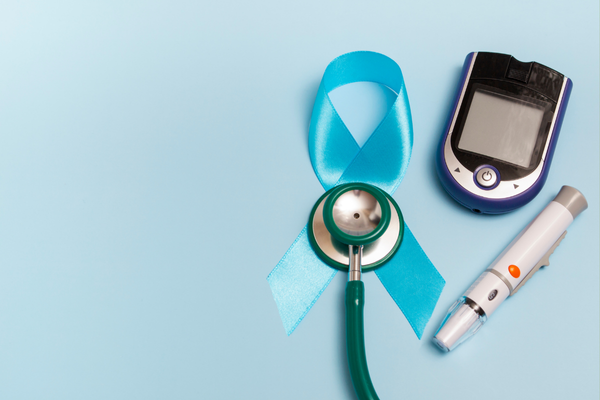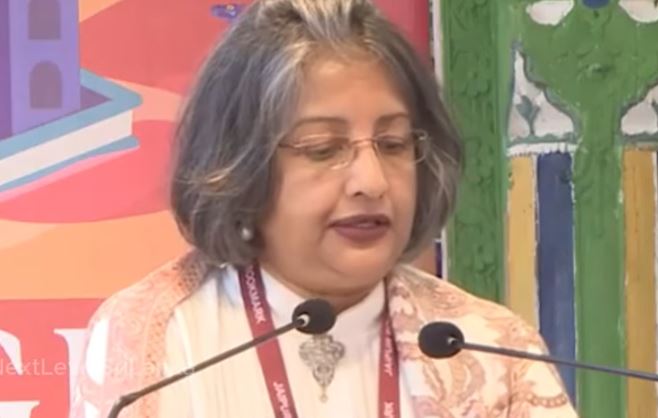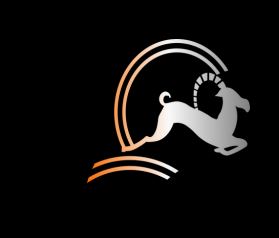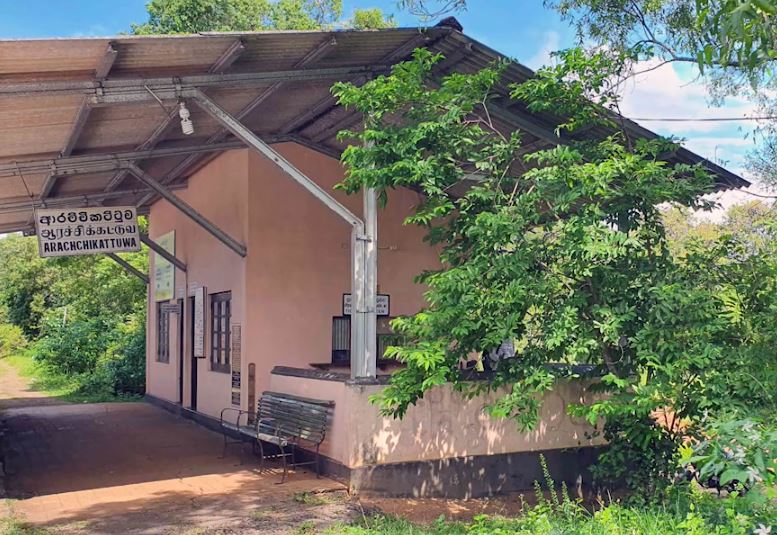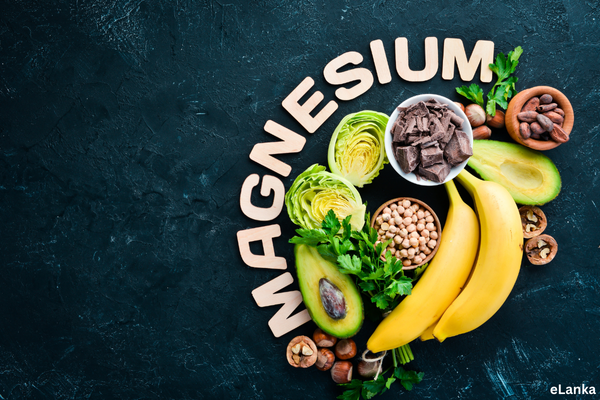What happens to dietary fats in the body?-Dr Harold Gunatillake
Website:www.Doctorharold.com

Transcript:
That is our talk, today.
Dietary fats are triglycerides
Triglycerides are composed of fatty acids
Each molecule of triglyceride contains three fatty acids joined to an alcohol glycerol
Triglycerides are the main stores of body fat. They are stored in adipose cells, widely distributed over the body—mainly under the skin, around deep blood vessels, and in the abdominal cavity and to a lesser degree in association with muscles.
There are three kinds of macronutrients in the diet- we eat, Carbs, Fats and Proteins.
Today, our discussion is on fats and what happens to them in our body.
Most of the dietary fats we eat are natural oils- both polyunsaturated, monounsaturated, and animal fats are all packaged as triglycerides in the foods.
So, when we eat dietary fat, we are really eating triglycerides.
Triglycerides are lipid compounds composed of an alcohol glycerol attached to 3 fatty acid chains of varying length and composition.
So, in a triglyceride molecule you could have saturated or unsaturated fatty acids.
Process of digestion and absorption of triglycerides
These dietary triglycerides are broken down into smaller chain fatty acids in the gut, by pancreatic lipases after being emulsified by the bile salts in the bile.
In the gut inner lining cells, the- glycerol and three triglycerides gets packed together to form a ball called a chylomicron, whose role will be to transport the triglycerides to the liver.
Fats are insoluble in water. So, the core of triglyceride gets surrounded by a monolayer of a phospholipid, cholesterol, and apoproteins, to make it water soluble to travel in your blood stream.
Chylomicrons do not enter the portal system but go to the lymphatic system, thoracic duct. Then it enters the jugular vein and the main systemic circulation.
It is the long chain triglycerides as chylomicrons travel through the lacteal system in your gut into the thoracic duct which communicates with the left subclavian vein.
Foods that have long chain fatty acids are oily fish. These are polyunsaturated fatty acids, friendly to heart health.
They are animal derived foods such as lard, bacon, dairy, beef, eggs etc.
Small chain and medium chain triglycerides do not form chylomicrons, but directly transported to the liver through the portal vein without packaging into lipoprotein particles in the chylomicron balls.
Small chain fatty acids are found in types of cheeses, butter, and cow’s milk.
High-fiber foods, such as fruits, veggies, legumes, and whole grains, encourage the production of short-chain fatty acids.
Coconut oil is a good example of medium chain fatty acids containing 6-12 carbon atoms. Small amounts are found in cheese, butter, and milk.
The liver then sends triglycerides to the muscle cells for energy or the adipose fat cell for storage.
Most unsaturated fats are found in plant-based foods and oils. Plant-based diets include whole grains, fruits, vegetables, nuts, seeds, tubers, and legumes as staples.
Evidence show that eating foods rich in polyunsaturated fatty acids instead of saturated fatty acids improves blood cholesterol levels, which can decrease your risk of heart disease and diabetes type 2.
Fats are composed of fatty acids with an organic acid group (-COOH) at one end.
Because of this -COOH group, an acid molecule attached to the carbon chain -it is called a fatty acid.
Fatty acids are chains consisting of a long series of carbon atoms joined to each other and each carbon atom joined to two hydrogen atoms.
If all the carbon atoms in a fatty acid chain are filled with hydrogen atoms on each side of the carbon atom, we call that a saturated fat.
It is like getting into the train and you find all the seats are filled then we say the train compartment is saturated with people. Each seat refers to a carbon atom, and the hydrogen atom refers to the commuters.
In unsaturated fatty acid chains, there are carbon atoms without hydrogen atom bondage. If a pair of hydrogen atoms are missing, we call it a monounsaturated fat.
Or if we compare with the train compartment, only one seat is available for a commuter.
In polyunsaturated fatty acids there are many carbon atoms without hydrogen atom bondage- so compared that to the train compartment means, that when you look around there are many vacant seats.
Hope that is truly clear now.
How does one become overweight and lead to obesity?
Just over-eating dietary fats including carbs one could store the excess as triglycerides, in your fat cells distributed in most areas of the body, after being used for your daily energy requirement.
Fat is also a convenient way to store a lot of energy in a small space. The energy we get from fat-usually around nine calories per gram-comes from the way that our bodies breakdown the bonds that hold the chains of hydrocarbons together. The fat around our tummies, thighs and buttocks is often a healthy reserve of energy.
You are born with a certain number of fat cells. In your childhood you tend to grow more fat cells. About mid-20s we seem to stop multiplication of these fat cells and tend to get bigger on overeating.
A normal person has between 25 and 35 billion fat cells, but this number can increase in times of excessive weight gain, to as many as 100 to 150 billion cells.
Some people just have more fat cells.
Let us discuss the science behind what makes us put on weight.
Just eating too much of fat and carbs are not the only reasons why you put on weight.
It really is genetic
Scientists discovered the gene in certain chubby mice, and they called it the fatso gene.
It is observed that people with two copies of this fatso gene, now referred to as FTO gene showed up in type 2 diabetes as two copies of the gene and they were more likely to be obese than those without the FTO gene.
Scientists now suspect that there are lots of fat genes. “There could be as many as 100,” says Dr Claude Bouchard, executive director of the Pennington Biomedical Research Center. “Each add a couple of pounds here and a pound or two there. That’s a noticeable difference when it comes to how much more fat we need to burn off.”
Those who carry FTO genes are more likely to be obese.
It is also observed that by improving your diet and being more physically active will help you lose weight, regardless of your genetic makeup, and that seems to be good news.
But even if you lose a few kilograms your fat cell count remains same and you need to remain on a restrictive low-calorie diet if you wish to remain slim.
What is the significance of triglycerides in your body?
They are measured in milligrams per deciliter of blood. Normal adult/desirable triglyceride range: less than 150mg/dL. Borderline high triglyceride range: 150 to 199 mg/dL.
Causes of high triglycerides in your body are:
Eating too much unhealthy foods like starchy veggies, Baked beans with sugar or pork added, sugary drinks and too much of good things
Genetics, Certain illnesses including poorly controlled diabetes, kidney disease and underactive thyroid.
Some drugs, such as steroids and birth control pills and drinking a lot of alcohol can also cause it.
Like high blood cholesterol levels, high triglycerides do not have symptoms.
High triglycerides contribute to hardening of the arteries, which increases the risk of stroke, heart attack and heart disease.
Extreme high triglycerides can also cause acuter inflammation of the pancreas called pancreatitis.
When the triglycerides are high -over 500 mg per dL (5.65mmol per L you may have to take medication such as statins, fibrates, niacin, and fish oil.
You should also focus on vegetable-based diets, fruits that are lower in fructose such as grapefruit, strawberries, bananas, peaches, and high-fiber whole grains
Hope this video was useful.
Stay well and Goodbye for now.
Disclaimer:
The information contained in this article is for general information purposes only, and whilst the author will endeavour to keep the information up to date and correct, eLanka makes no representations or warranties of any kind, express or implied, about the completeness, accuracy, reliability, suitability or availability with respect to the eLanka website or the information, products, services, or related graphics contained in this article for any purpose. Any reliance you place on such information is therefore strictly at your own risk. In otherwords, eLanka In no event will we be liable for any loss or damage including without limitation, indirect or consequential loss or damage, or any loss or damage whatsoever arising from loss of data or profits arising out of, or in connection with, the use of this website / article. Also please note that through this website / web page articles you are able to link to other websites which are not under the control of eLanka and therefore we have no control over the nature, content and availability of those sites. The inclusion of any links does not necessarily imply a recommendation or endorse the views expressed within them



